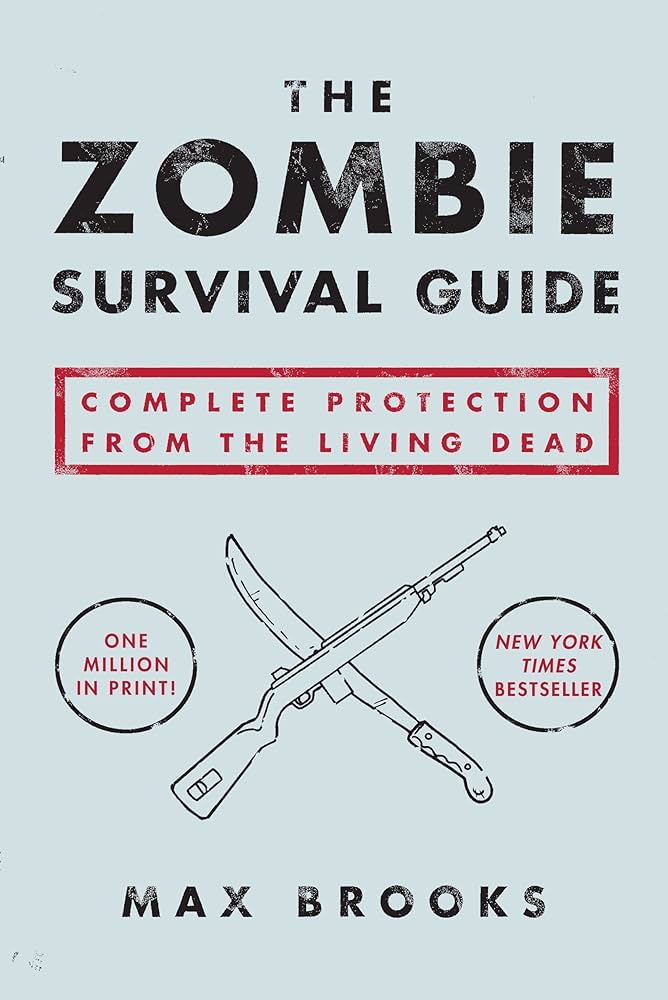This article compares zombies and vampires, two iconic beings from literature, movies, and folklore. Zombies originate from Haitian folklore and are reanimated corpses with raw strength but lack intelligence. Vampires have origins in various legends across cultures and possess enhanced speed, agility, and strength. Zombies feed on human flesh and are vulnerable to fire, while vampires sustain themselves by consuming blood and have vulnerabilities such as sunlight and garlic. Both zombies and vampires have had a significant impact on popular culture, with zombies representing mindless destruction and vampires symbolizing forbidden love and eternal youth. Their enduring popularity ensures their presence in literature and movies for years to come.
Zombies vs. Vampires: Comparing the Strengths and Weaknesses of Undead Legends
Introduction
The world of literature, movies, and folklore is filled with tales of the undead, and two of the most prominent beings are zombies and vampires. These iconic creatures have captured the imagination of people for centuries, and each has its unique set of strengths and weaknesses. In this article, we will compare and contrast zombies and vampires, exploring their powers, vulnerabilities, and overall impact in popular culture.
1. Origins
While both zombies and vampires are often associated with horror and the supernatural, their origins differ significantly. Zombies trace their roots back to Haitian folklore, where they were depicted as reanimated corpses brought to life through voodoo magic or witchcraft. On the other hand, vampires originally emerged from various legends and mythologies across different cultures, including Ancient Mesopotamia, ancient Greece, and Eastern European folklore.
2. Physical Attributes
Zombies are typically portrayed as slow-moving and physically decaying beings. They lack intelligence but compensate for it with raw strength and endurance. Vampires, on the other hand, possess enhanced speed, agility, and strength. They often appear as attractive individuals with pale complexions, while zombies are depicted as rotting corpses with disheveled appearances.
3. Feeding Habits
One of the significant differences between zombies and vampires lies in their feeding habits. Zombies have an insatiable hunger for human flesh and brains and will relentlessly pursue any living being. However, vampires sustain themselves by consuming the blood of humans or animals. They possess sharp fangs that allow them to bite the necks of their victims, usually without killing them.
4. Vulnerabilities
Zombies are notorious for their resilience, with traditional depictions suggesting that only severe destruction, such as decapitation or complete bodily dismemberment, can stop them. However, they are incredibly vulnerable to fire, which can effortlessly incinerate their decaying bodies. On the other hand, vampires have a long list of vulnerabilities, including sunlight, garlic, holy water, crucifixes, and wooden stakes through the heart.
5. Mythology and Popularity
Zombies and vampires have both played prominent roles in popular culture. From classic movies like George A. Romero’s “Night of the Living Dead” to modern TV shows such as “The Walking Dead,” zombies continue to terrify audiences worldwide. Vampires, on the other hand, have taken on various forms in literature and film, from Bram Stoker’s “Dracula” to the romanticized vampires of the “Twilight” series. They have become symbols of forbidden love and eternal youth.
Conclusion
While both zombies and vampires are undead legends that have captivated audiences for generations, they possess distinct qualities and characteristics. Zombies embody the fear of mindless destruction and the collapse of society, while vampires represent forbidden allure and eternal life. Despite their differences, one thing is clear: the enduring popularity of these undead creatures shows no signs of fading, ensuring their presence in literature, movies, and our collective imagination for years to come.
